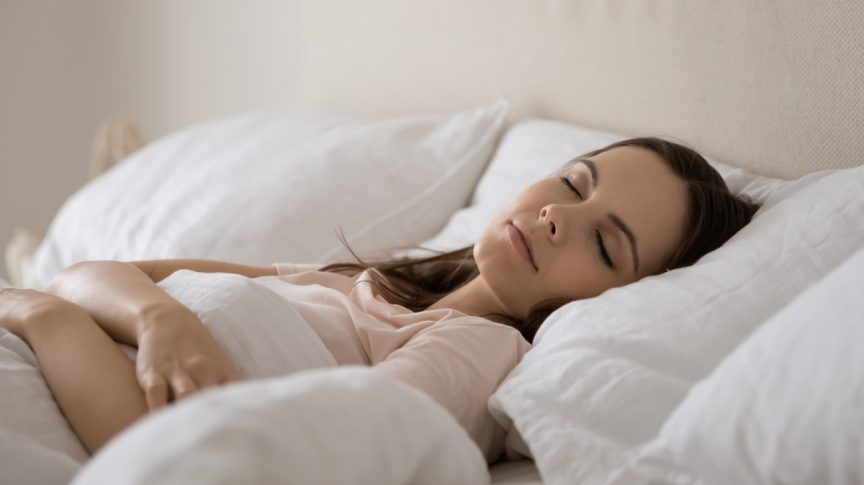Sleepiness is considered not to be unidimensional. The International Classification of Sleep Disorders, 3rd edition (ICSD‐3) employs two criteria for ‘pathological sleepiness’ for idiopathic hypersomnia: (i) sleep prolongation with a 24‐h total sleep time (TST) ≥ 660 min, measured either by 24‐h polysomnography (24‐h PSG) or by wrist‐actigraphy‐based sleep time averaged for at least 7 days; and high sleep propensity with a mean sleep latency (mSL) of ≤8 min on the Multiple Sleep Latency Test (MSLT). The MSLT evaluates the tendency to fall asleep during daytime nap opportunities and serves as the gold standard for the diagnosis of central disorders of hypersomnolence. However, recent studies indicate that the MSLT is inadequate to delineate hypersomnia other than narcolepsy type 1. Although several attempts using continuous PSG monitoring have been performed, appropriate markers for idiopathic hypersomnia have not been established. We performed 24‐h PSG, standard PSG, and MSLT to understand the difference between the two aspects of sleepiness. This study was approved by the Ethics Committees of the Institute of Neuropsychiatry and Tokyo Metropolitan Institute of Medical Science. All patients gave written informed consent.

